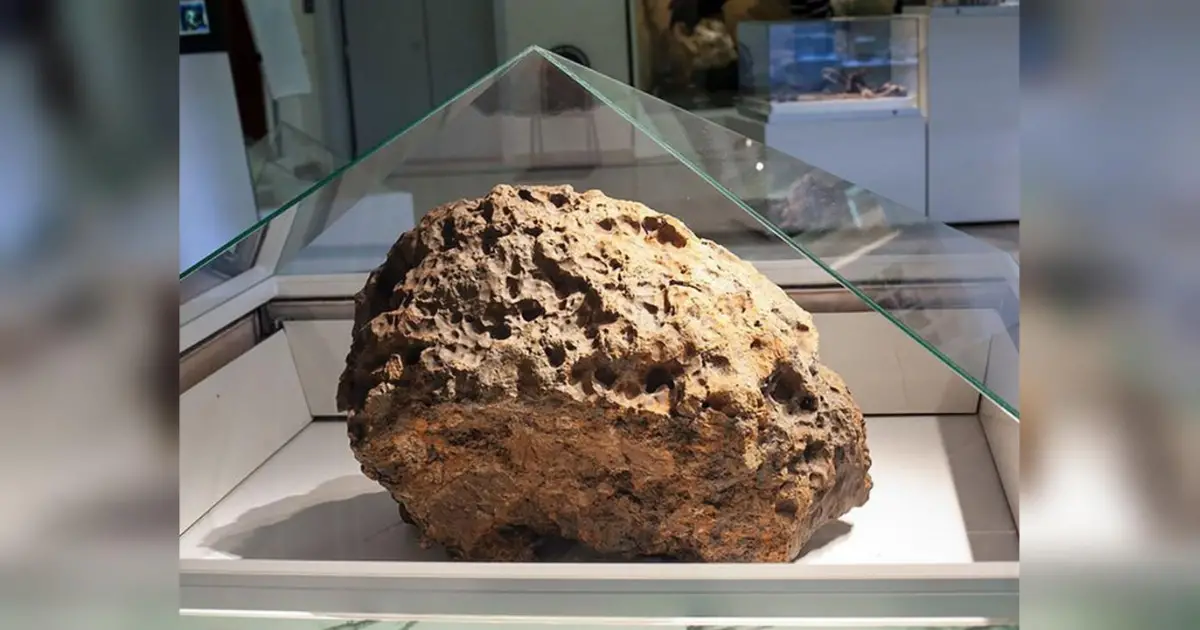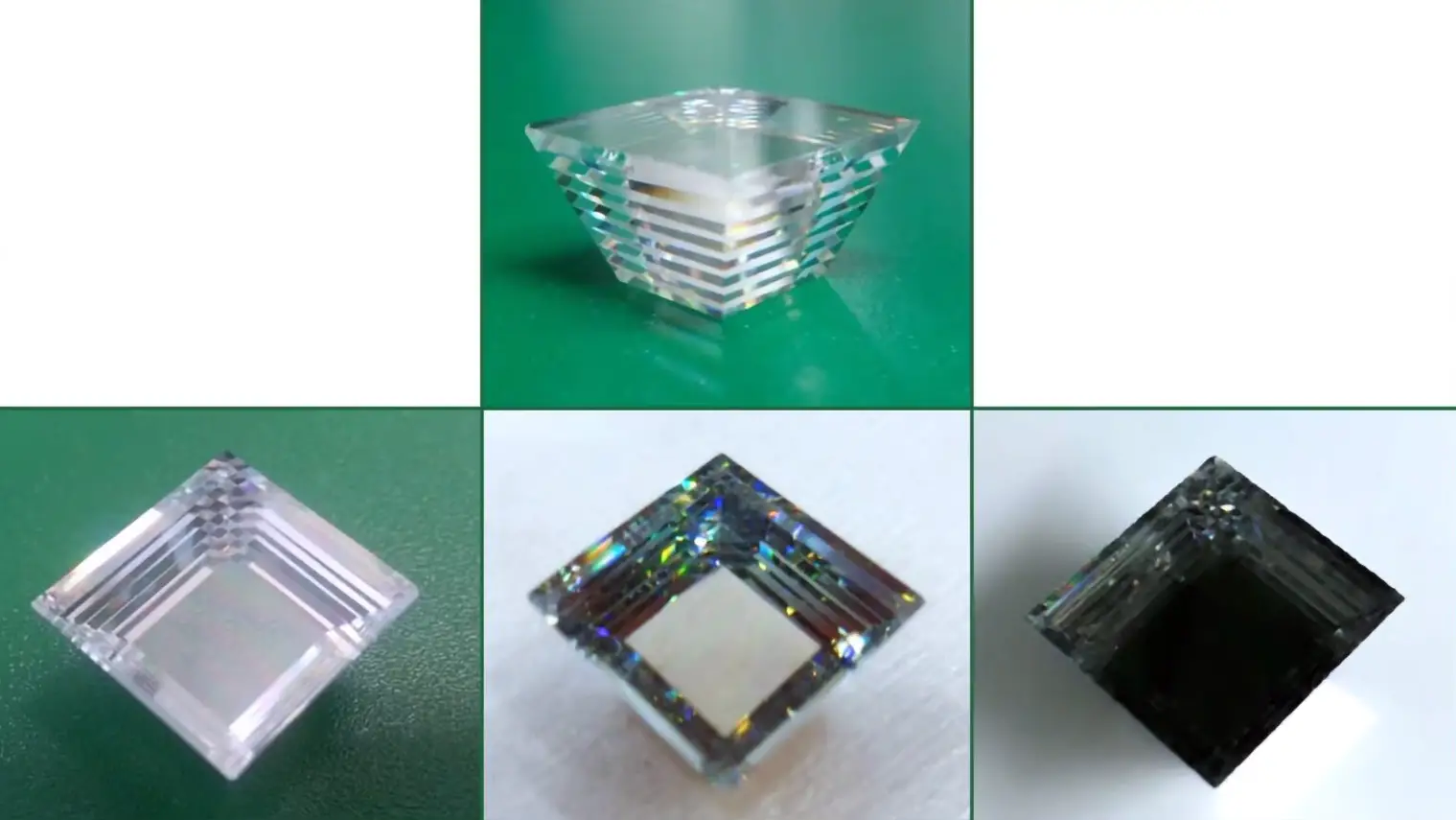A 50,000-year-old meteorite is a rock or metal that has fallen to Earth from outer space and is estimated to be 50,000 years old. The age of a meteorite can be determined by various methods, including radiometric dating, which measures the decay of certain isotopes in the meteorite over time.
Meteorites are of scientific interest because they can provide information about the composition and history of the solar system and the conditions that existed when the solar system was forming. Some meteorites are also valuable because they contain rare and unique minerals, which can be used in various applications, including electronics, medicine, and jewelry.
It is worth noting that a meteorite’s age does not necessarily directly impact its potential use or value. The usefulness of a particular meteorite would depend on its specific properties and how it can be processed and incorporated into technology or other applications.
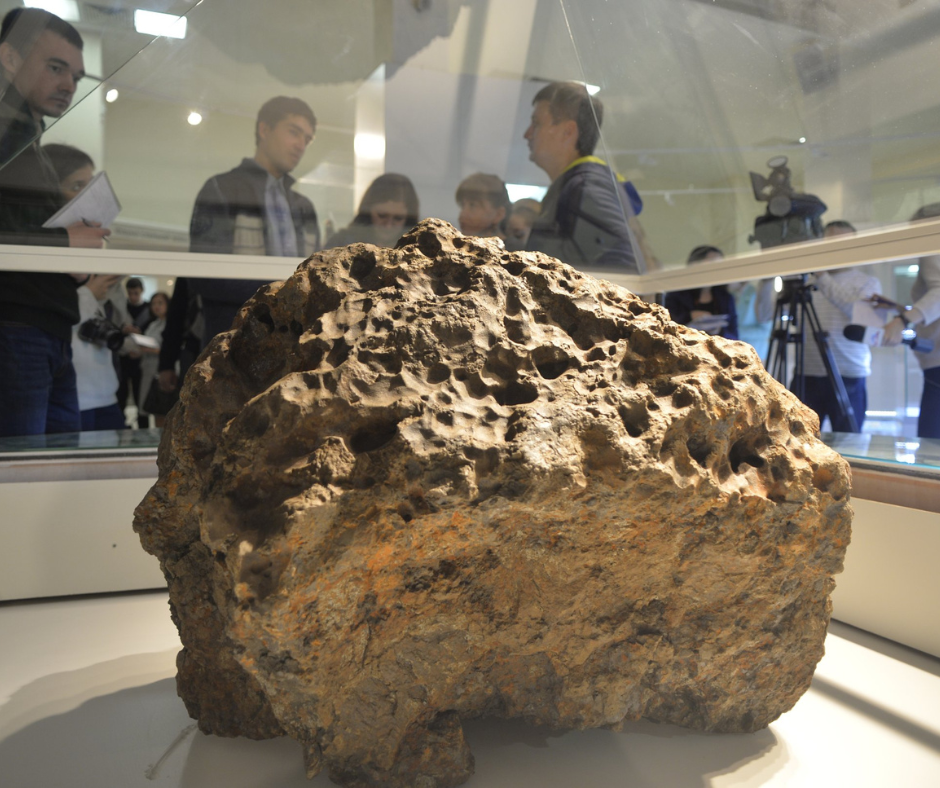
What Scientists Have Discovered About Meteorites?
A meteorite could contain materials used in electronics or for fast charging, as many meteorites contain rare and unique minerals. However, it is essential to note that the meteorite’s age does not directly impact its potential use in electronics or fast charging. The usefulness of a particular material depends on its specific properties and how it can be processed and incorporated into electronics or other technology.
A 50,000-year-old meteorite has the ability to change electronics and fast-charging technology
Scientists were looking at diamonds inside an old meteorite when they found a tiny structure that had never been seen before.
Researchers say that the structure, made of graphite and diamond that fit together, has unique properties that could one day be used to make faster charging or new kinds of electronics.
The “Diablo Canyon” meteorite hit Earth about 50,000 years ago. It was first found in 1891 in Arizona. About 90% of this meteorite is kamacite, 1% to 4% is taenite, and up to 8.5% is troilite-graphite nodules (FeS & C). The original mass is thought to have been about 100 feet wide and 60,000 tonnes heavy.
It is thought that this is when the strange diamond structures formed and locked into the meteorite.
This meteorite has diamonds in it, but not the usual kinds. Most diamonds are made about 150 km (90 miles) below the surface of the Earth, where temperatures can reach more than 2,000°F (1,093 degrees Celsius). At this depth, the temperature and pressure cause the carbon atoms to line up in cube shapes.
The diamonds inside the “Canyon Diablo” meteorite, on the other hand, have a hexagonal crystal structure and are called “lonsdaleite” (named after British crystallographer Dame Kathleen Lonsdale, the first female professor at University College London). It has been found that these kinds of crystals can only form at temperatures and pressures that are very, very high.
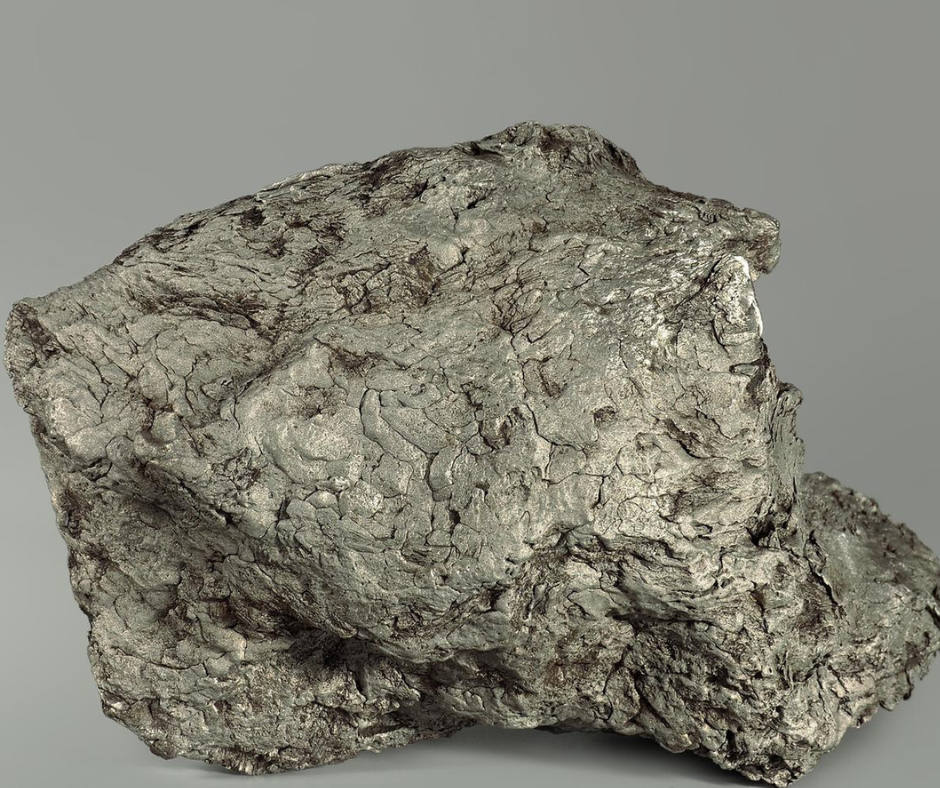
Scientists have replicated similar structures, but they are usually only found in meteorites
It is possible that scientists have discovered structures in meteorites similar to structures they created in the laboratory. Many types of structures can be found in meteorites, including crystals, veins, and microstructures. These structures can be studied to learn more about the conditions that existed when the solar system was forming.
Scientists have made lonsdaleite in a lab by shooting graphite discs at a wall at 15,000 mph (24,100 km/h) with gunpowder and compressed air. However, lonsdaleite is usually only made when very fast asteroids hit Earth.
Scientists noticed something strange looking at the lonsdaleite in the “Diablo Canyon” meteorite. This was related to the diamonds in the meteorite. For example, they found that the diamond was interacting with graphene, also made of carbon, instead of the pure hexagonal shapes they had expected.
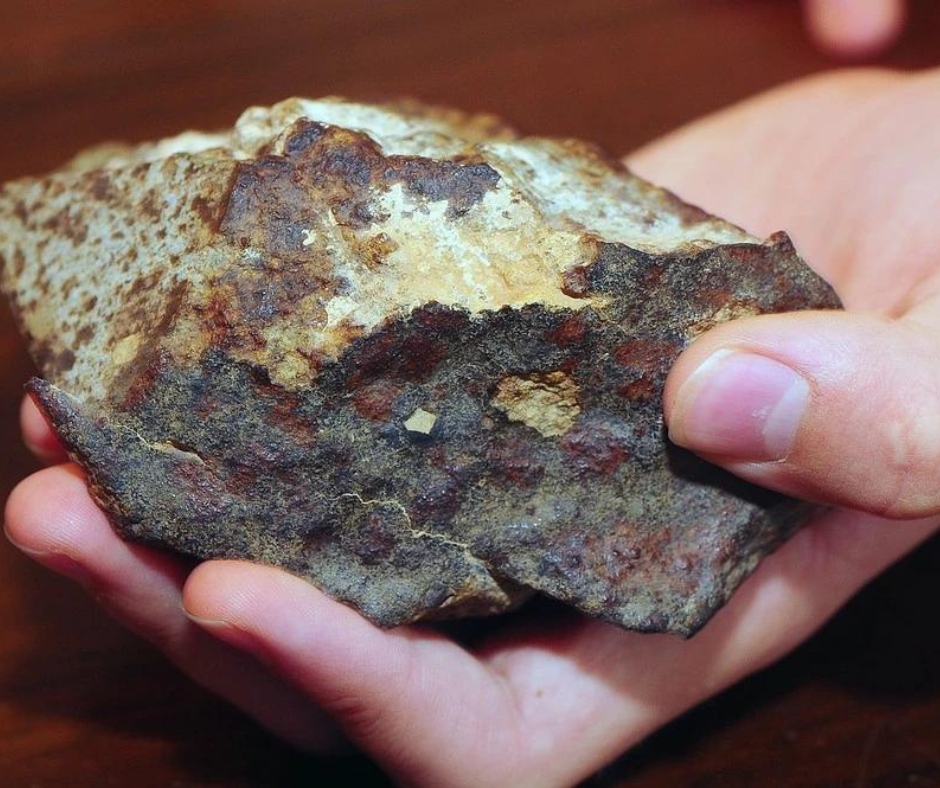
These growths, called Diaphites, look like a fascinating layered pattern inside the meteorite. The researchers said that “stacking faults” between these layers show that the layers do not line up perfectly.
According to what the researchers found, the fact that Diaphites were found in meteoritic lonsdaleite makes it more likely that this resource is widely available because it can be found in other carbonaceous materials. Researchers also know more about the temperatures and pressures needed to build the structure.
Graphene is made of hexagonal sheets of carbon that are only one atom thick. Even though research on the material is still in its early stages, it has a lot of possible uses.
Researchers say it could be used for more precise medical treatments, smaller electronics with lightning-fast charging speeds, or faster and more flexible technology because it is as light as a feather and as strong as a diamond. It is also transparent, highly conductive, and 1 million times thinner than a human hair.
Since these graphene growths were found in meteorites, scientists may now be able to learn more about how they form and how to make them in the lab.
Christoph Salzmann, a chemist at University College London and co-author of a paper about the research, said in a statement, “Through the controlled layer growth of structures, it should be possible to design materials that are both ultra-hard and also ductile, as well as having electronic properties that can be changed from a conductor to an insulator.”
The strange new buildings were written about in the journal Proceedings of the National Academy of Sciences on July 22, 2022.
Study Abstract:
“Studies of dense carbon materials made by a meteor or compressed in a lab give us essential information about how carbon behaves under high pressure and help us find and design new structures for use in technology. But not knowing enough about the basic structures of these materials makes it hard to study and design with them.
Here, we talk about the fantastic variety of structures of cubic/hexagonally (c/h) stacked diamonds and how they are linked to diamond-graphite nanocomposites with sp3-/sp2-bonding patterns, called Diaphites, that were made when graphite in the Canyon Diablo iron meteorite was shocked by an impact.
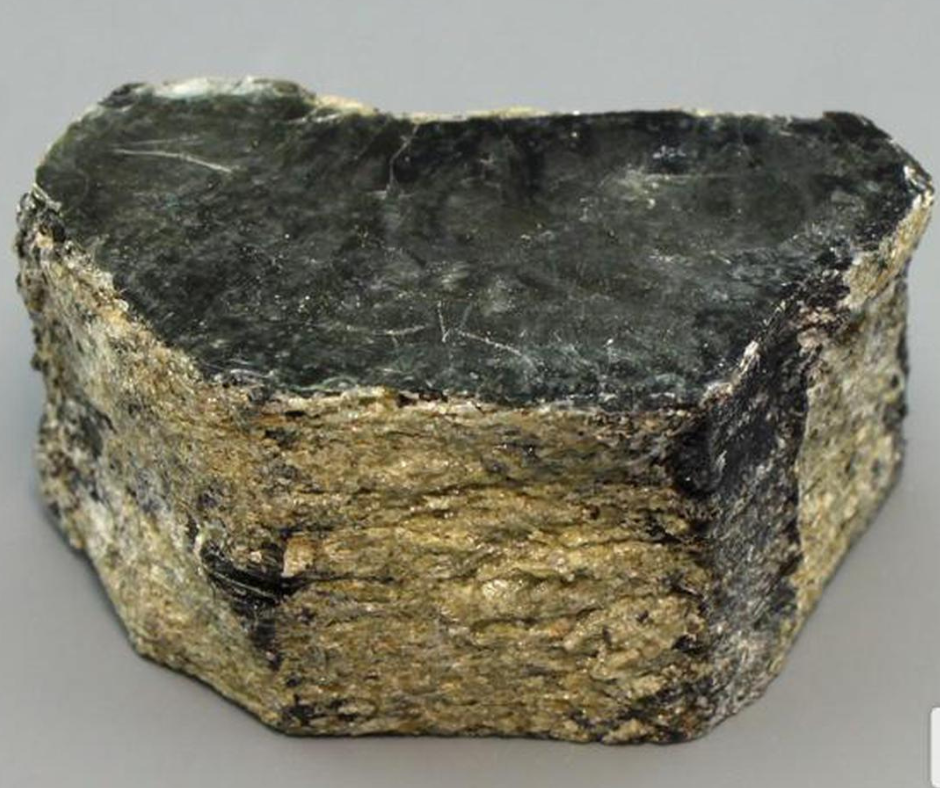
We show evidence for several intergrowth types and nanostructures with graphene spacings that are unusually short (0.31 nm) and show that Raman bands have been ignored or misinterpreted in the past when they are linked to Diaphite structures.
Our study explains the structure of the material called lonsdaleite, which used to be called a hexagonal diamond. It also shows how this structure applies to other natural and man-made ultrahard carbon phases.
The unique three-dimensional carbon architectures found in samples formed by a shock can limit the pressure and temperature conditions present during an impact and make it possible to design the properties of carbon nanocomposite materials and phase assemblages in ways that were not possible before.”

